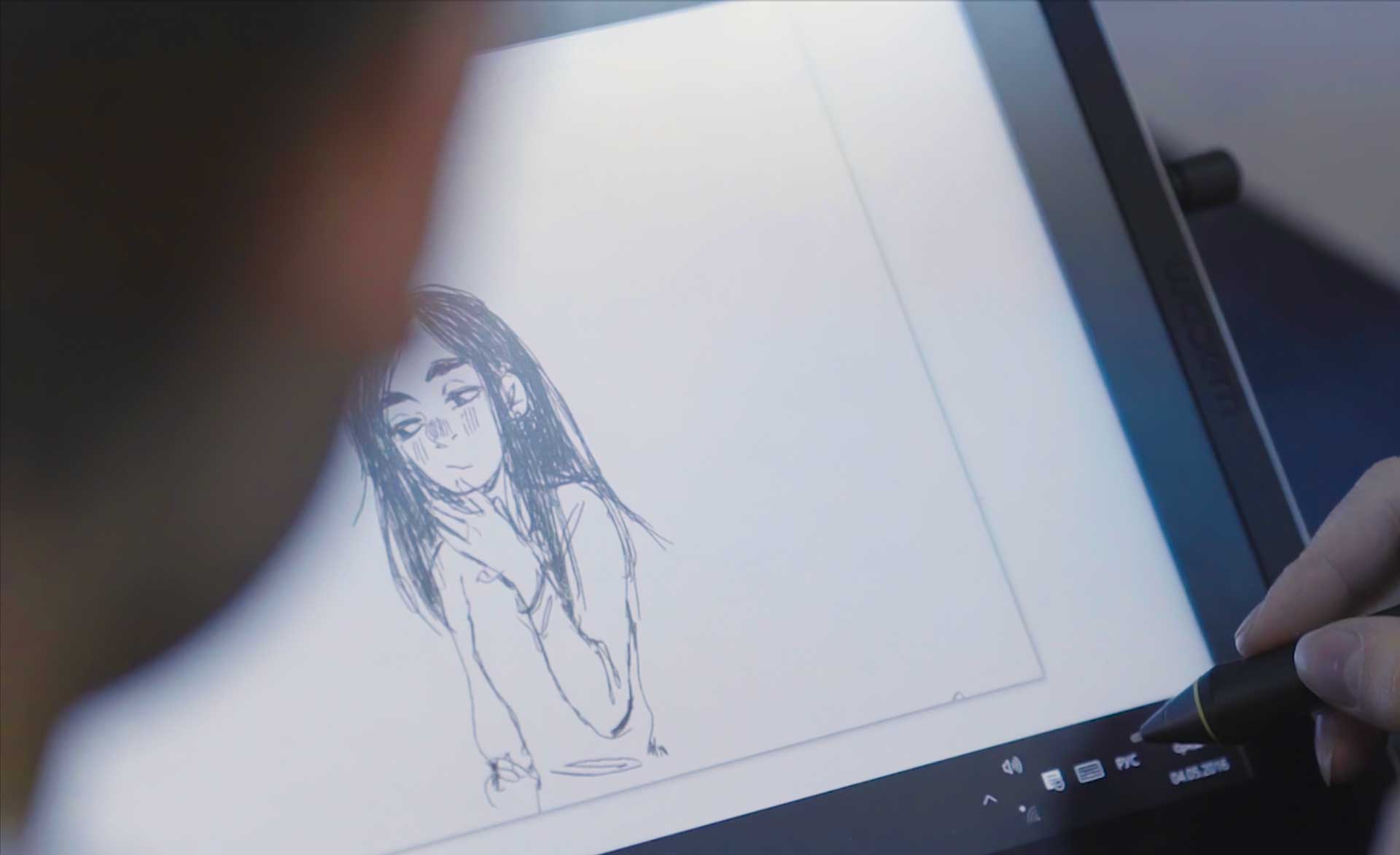 Image: Baldasaridstock (Motion Array)
Image: Baldasaridstock (Motion Array)
Introduction to Digital Arts for Beginners
Welcome to the fascinating world of digital arts! Whether you're an aspiring artist, a curious student, or someone looking to explore their creativity, diving into digital arts opens up a universe of possibilities. Let's discover the fundamentals of digital arts, from understanding the tools and techniques to freeing your imagination through digital creativity.
Learn more about digital art with VANAS's Introduction to Digital Arts online course for beginners.
Understanding Digital Arts
Digital arts encompass a broad spectrum of artistic expression created using digital technology. Unlike traditional art forms like painting or sculpting, digital arts use computers, software, and electronic devices to produce visuals, animations, and interactive experiences. From digital painting and illustration to 3D modeling and animation, the world of digital arts offers endless avenues for self-expression and creativity.
Getting Started: Essential Tools and Software
Before diving into the world of digital arts, it's essential to familiarize yourself with the tools and software commonly used by digital artists. Some popular software options include Adobe Photoshop and Illustrator for digital painting and illustration, Blender and Maya for 3D modeling and animation, and Procreate for digital sketching and drawing on tablets.
Digital art is like any other art form; it's all about expressing yourself and letting your creativity flow
Key Techniques
As a beginner in digital arts, mastering fundamental techniques and concepts lays the groundwork for your artistic journey. Understanding concepts such as layers, brushes, blending modes, and digital color theory will enhance your ability to create artworks. Experimenting with different techniques and exploring tutorials and online resources are excellent ways to refine your skills and expand your knowledge.
Frequently Asked Questions
Do I need to be good at traditional art to excel in digital arts? Not necessarily! While some foundational art skills can be beneficial, digital arts offer unique opportunities for experimentation and exploration. With practice and dedication, anyone can develop their digital art skills.
What equipment do I need to get started with digital arts? Basic equipment for digital arts includes a computer or tablet, digital drawing software, and a stylus or graphics tablet. While high-end equipment can enhance your digital art experience, there are also affordable options available for beginners.
How long does it take to become proficient in digital arts? The learning curve for digital arts varies for each individual, depending on factors such as dedication, practice, and natural talent. With consistent practice, beginners can make significant progress in a relatively short time.
Key Takeaways
- Digital arts encompass a wide range of artistic expressions created using digital technology.
- Familiarize yourself with essential tools and software commonly used by digital artists, such as Adobe Photoshop and Procreate.
- Mastering fundamental techniques and concepts lays the foundation for your journey in digital arts.
- Experimentation, practice, and exploration are key to developing your skills and unleashing your creativity in the digital realm.
Benefits of Transitioning from Traditional to Digital Art:
- Cost Savings: Unlike traditional art, digital art eliminates the need for expensive materials such as paints, canvases, and brushes. With digital tools, artists can create endlessly without worrying about the cost of supplies.
- Convenience: Digital art offers convenience, allowing artists to work from anywhere with a computer or tablet. This flexibility enables artists to take their work on the go and adapt to various environments.
- Undo and Redo: One of the most significant advantages of digital art is the ability to undo and redo actions instantly. Mistakes can be easily corrected without damaging the artwork, empowering artists to experiment fearlessly.
- Endless Possibilities: Digital art opens up a world of creative possibilities with access to a vast array of digital brushes, textures, and effects. Artists can explore new techniques and styles without limitations, pushing the boundaries of their creativity.
- Efficiency in Workflow: Digital art accelerates the creative process by offering features such as layers, masks, and filters. These tools enhance workflow efficiency, allowing artists to organize and manipulate elements with ease.
- Environmental Impact: By transitioning to digital art, artists contribute to reducing environmental impact by minimizing the use of physical materials and waste. Digital art is a more sustainable option compared to traditional art practices.
- Global Reach: Digital art can be easily shared and distributed online, reaching a global audience within seconds. Social media platforms, online galleries, and digital marketplaces provide artists with opportunities to showcase their work and connect with art enthusiasts worldwide.
- Versatility: Digital art offers versatility in mediums and styles, enabling artists to experiment with various techniques and genres. From digital painting and illustration to 3D modeling and animation, the possibilities are limitless in the digital realm.
- Storage and Preservation: Unlike traditional artwork, which requires careful storage and preservation to prevent deterioration, digital art can be stored digitally without risk of damage. Artists can archive their work safely and access it whenever needed.
- Collaboration: Digital art facilitates collaboration among artists through file sharing and online platforms. Collaborative projects become more accessible as artists can work together in real-time, regardless of geographical location.
Transitioning from traditional to digital art offers numerous benefits that enhance the creative process and expand artistic horizons. Embracing digital tools empowers artists to explore new avenues of expression while adapting to the evolving landscape of the art world.
Digital arts is an exciting and rewarding endeavor. Whether you're passionate about illustration, animation, or graphic design, the world of digital arts offers boundless opportunities for self-expression and creativity. Remember, the key to success lies in practice, experimentation, and a willingness to learn and grow as an artist.
"Every artist was first an amateur." - Ralph Waldo Emerson
Consider enrolling in the Introduction to Digital Arts program offered by VANAS Online Animation School. Led by industry professionals, this program provides beginners with the essential skills and knowledge to thrive in the exciting world of digital arts.







